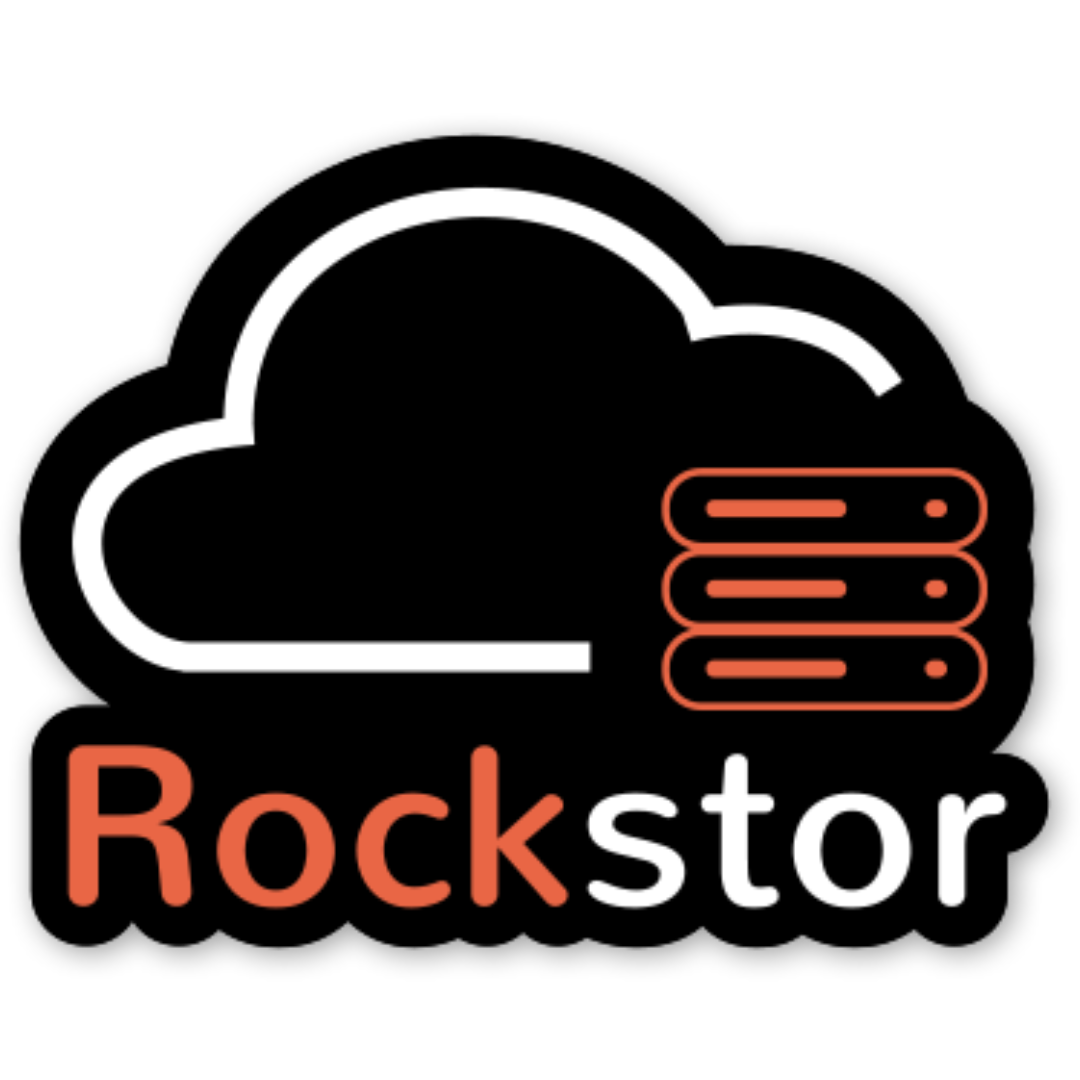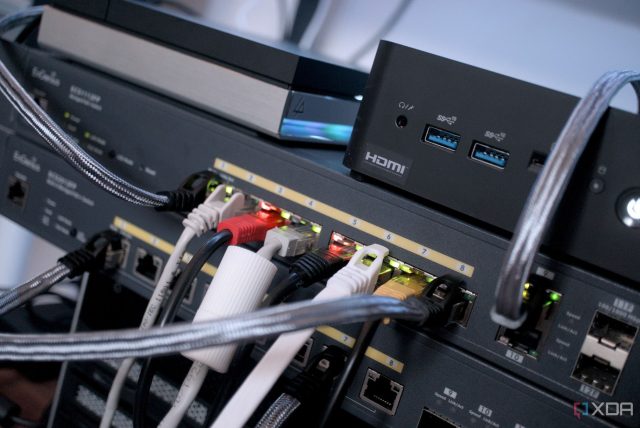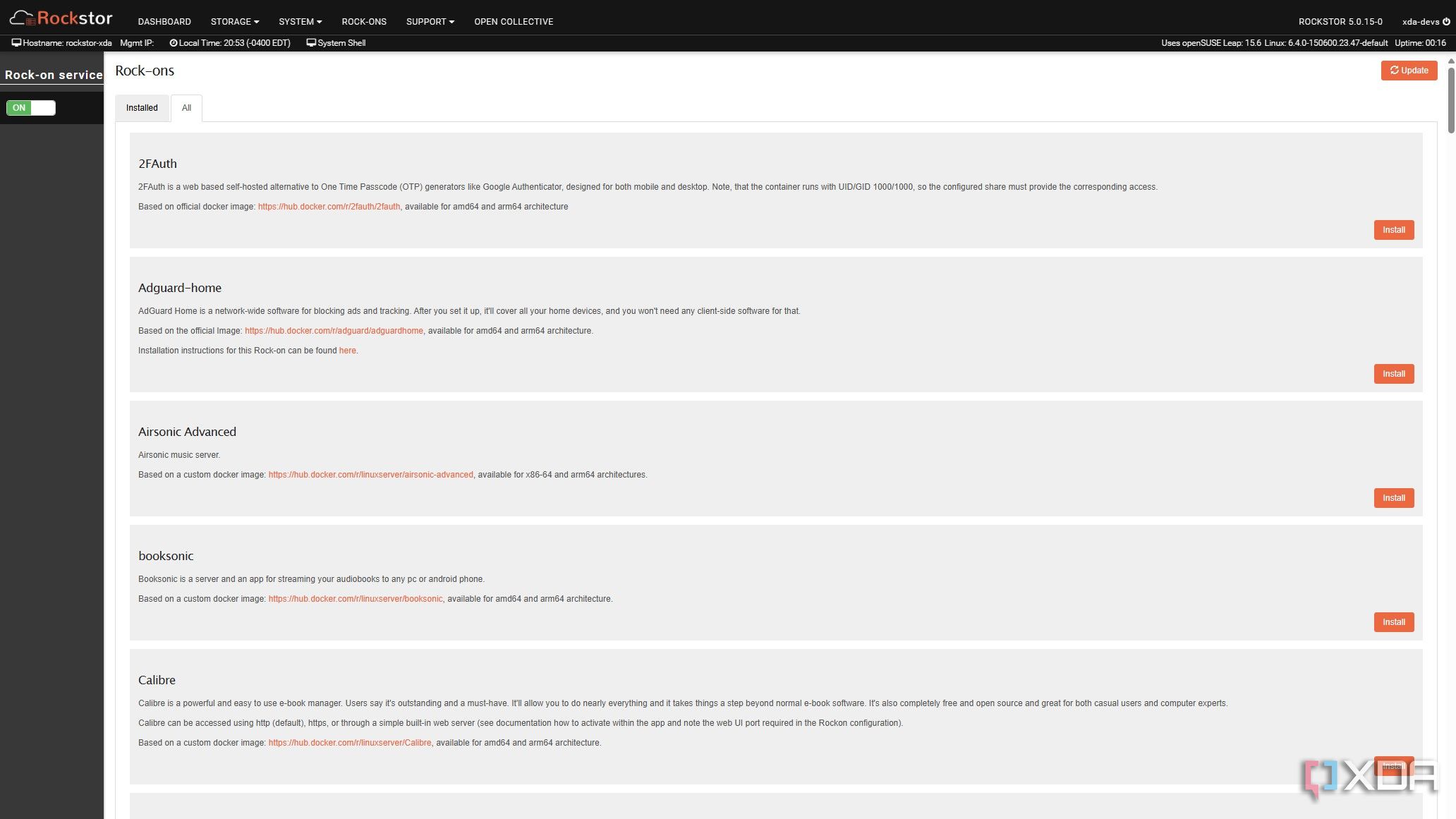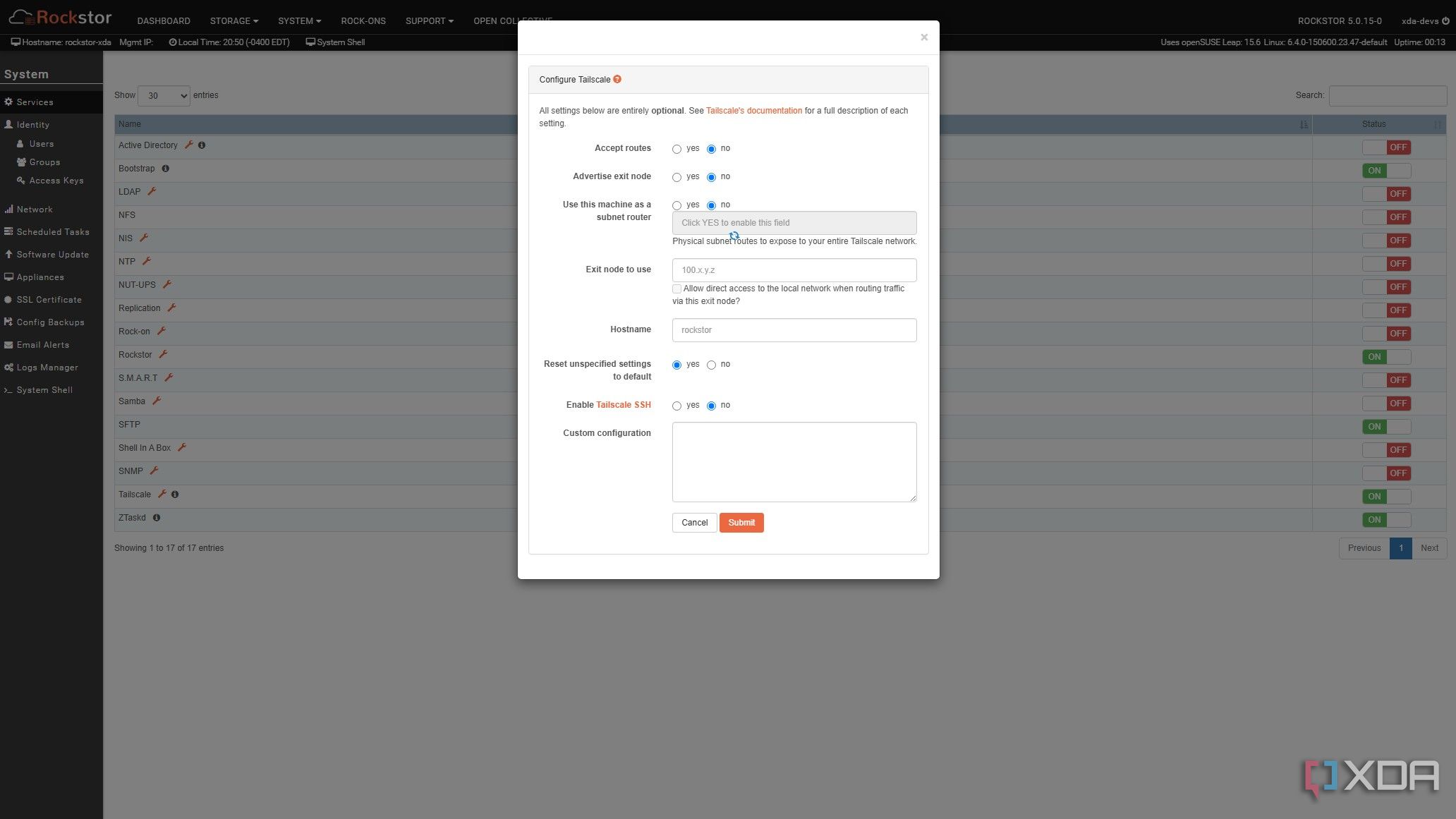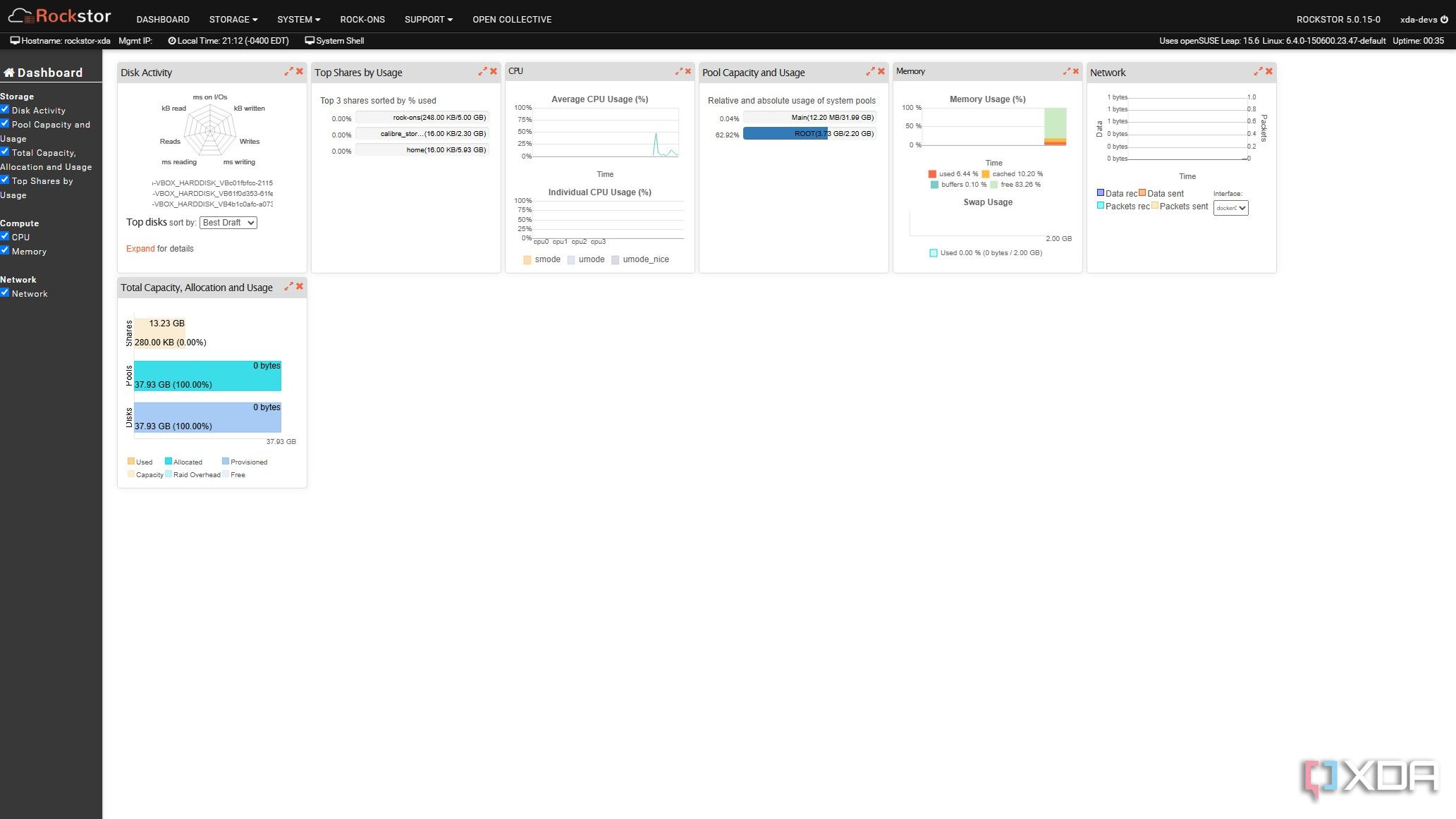While it’s hard to argue against having a NAS at home, there are many ways to accomplish this, ranging from DIY efforts to turnkey devices. If you want to run something off-the-shelf for your home storage, that’s perfectly fine. The important thing is to get the centralized storage and backup solution set up, however you feel is best.
I was in that camp, happily using a succession of Synology devices, but the company’s recent move toward shutting third-party drives out of compatibility hasme looking for alternatives. I’ve been playing with a few open-source NAS OSes, and I think I’ve found the one I’m moving forward with. To my (and I’m sure everyone else’s) surprise, it’s not TrueNAS Scale, but it’s every bit as powerful.
It’s called Rockstor and is blindingly fast. It has plenty of useful features by default and Docker support, so you can add whatever else you need. Plus, it runs on either x86 or ARM CPUs, supports GPUs, and is now built on an OpenSUSE core. I’m in love with the speed and simplicity, and I don’t think I’ll go back to a turnkey NAS OS again.
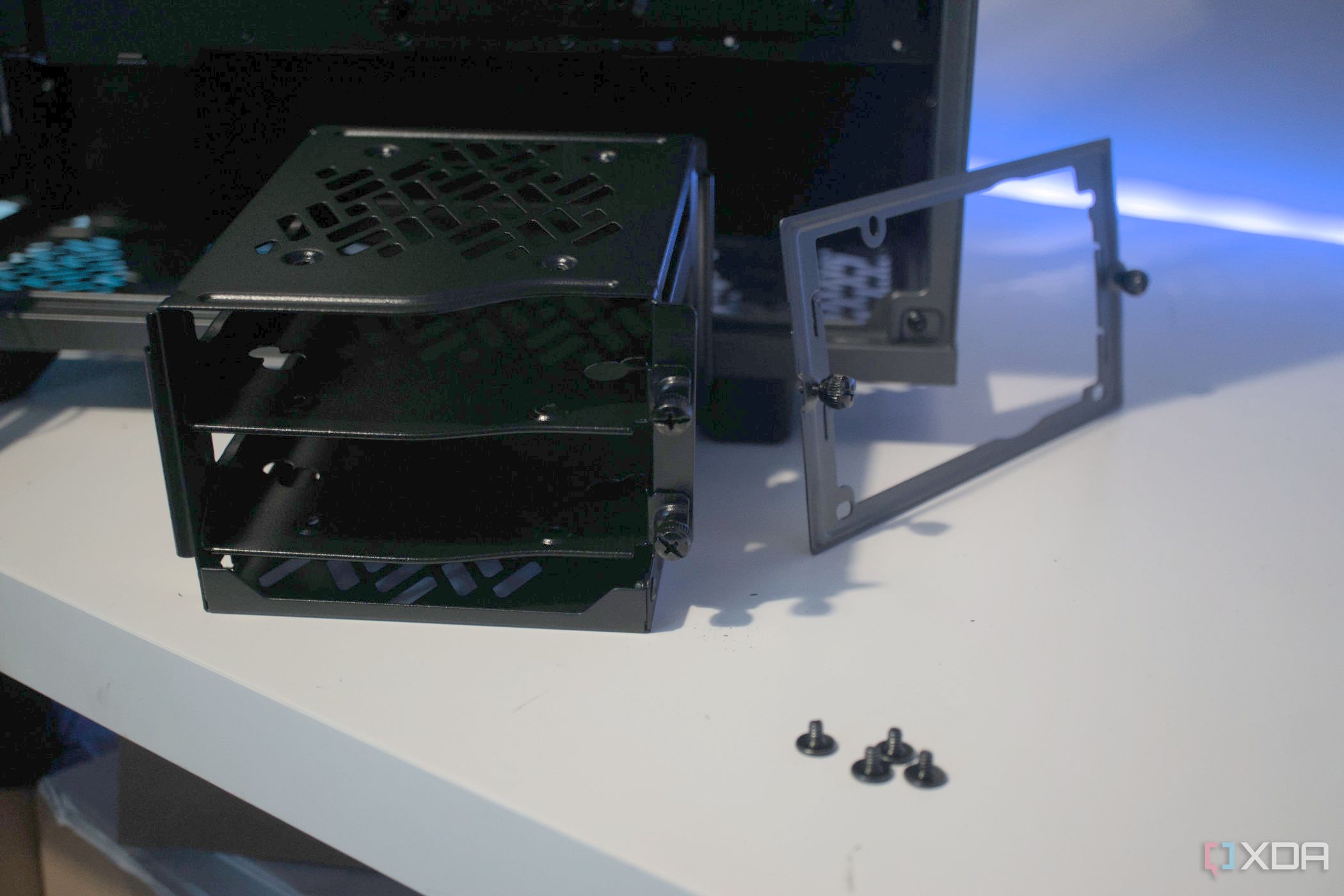
Related
How to build your own DIY NAS
Save money and build a powerful home server.
It uses Btfrs by default
Advanced fault tolerance, snapshots and all the stability I need
There are plenty of file systems you could use to store data on your NAS, but I particularly like Btrfs (a B-tree file system). It’s open-source, for a start, which makes me happy because I prefer to keep closed-source programs and protocols on closed-source operating systems. Yes, ZFS does provide lots of data integrity features, but so does Btrfs, and I’ve found the latter to be more usable for my workloads.
The main reason for that is that Btrfs is flexible with storage configurations, which suits me because I never know what I want and often misconfigure swap or pool sizes at first. But with Btrfs, I can resize these at any time, use a variety of RAID levels to match the performance and parity I want, and I can make snapshots of my file system at any time to roll back in case I make a mistake. That alone makes Rockstor fantastic for my scatterbrained approach to storage, but there’s so much more to like.

Related
4 file systems you should consider instead of NTFS for your next SSD
Windows might be the most used operating system, but if you need specialized requirements, you have other options for file systems.
Uses Docker for plugins
Rock-ons rock my containerized world
While a NAS is primarily a storage server, that’s the bare minimum that it should be able to do. The
best NAS devices
allow for self-hosted services, have plugins for features that aren’t included in the base install, and a community of developers making new plugins. Rockstor has all of these things, thanks to Rock-ons. Yes, that’s the name, really, and it’s a slightly tweaked version of Docker containers, with tons of preconfigured options to use.
The Rock-ons directory contains things that we can’t live without, such as Vaultwarden, Zabbix, Syncthing, Sonarr, Teamspeak, Pi-Hole, Node-RED, and many more. Plus, you can self-host controllers for Unifi or TP-Link Omada hardware, media servers, and almost anything you can think of. You can add any Docker container that’s not already in the Rock-ons directory too, and ask your favorite projects to add their rock-ons with a GitHub pull request so more people can use them easily.
It has Tailscale installed by default
When you start loading your NAS with self-hosted services, you end up needing a way to access them when you’re not on your home network. Except, with a mesh VPN like Tailscale, you’re never really off your home network, as your Tailnet serves as a single plane of networking for your signed-in devices. It’s a firm favorite of the XDA team and is designed with security at every stage, with a simplified setup and management process so you can enjoy using your services instead of having to struggle with VPN configurations.
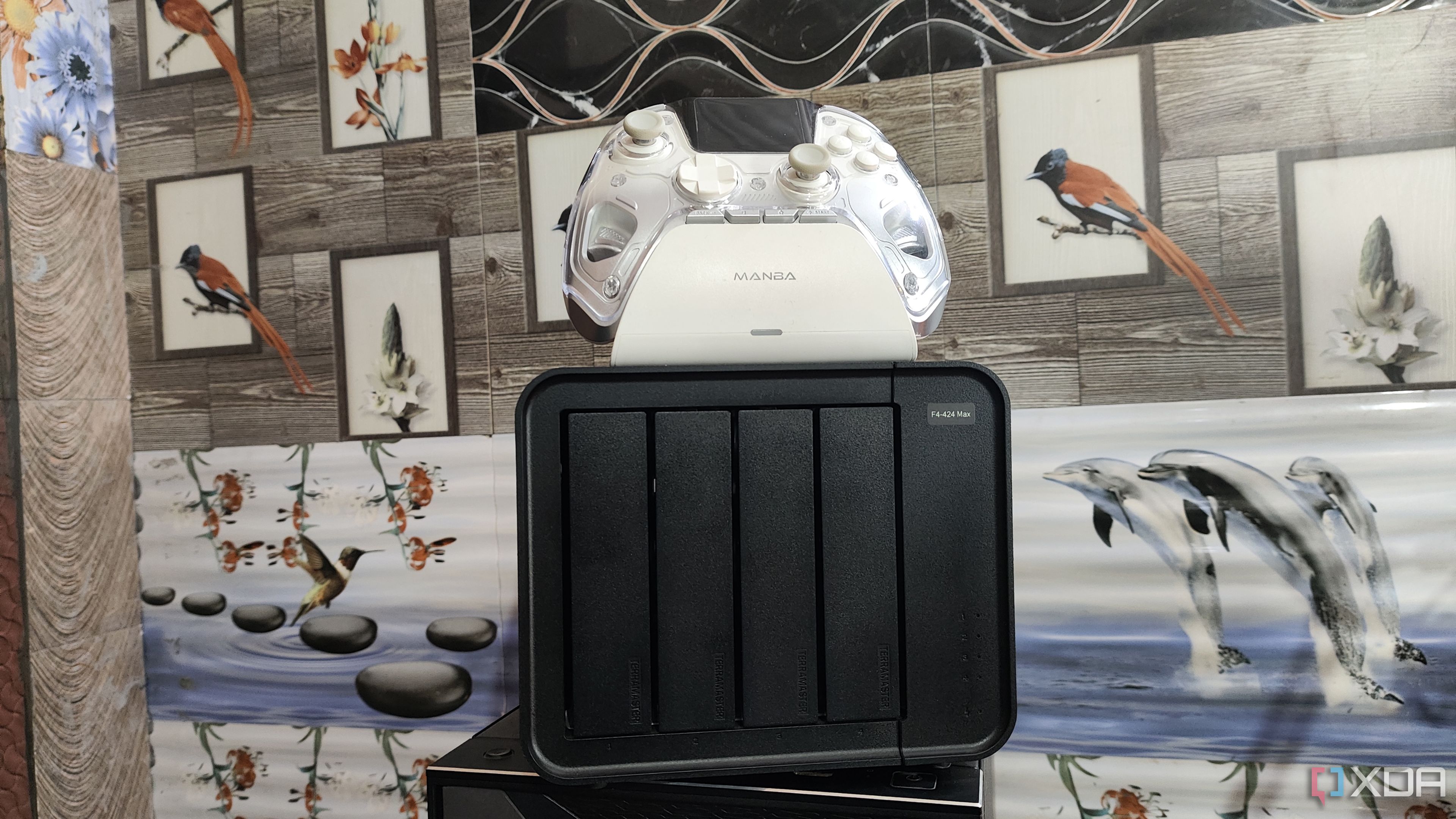
Related
6 Docker containers that save me serious money
Self-hosting isn’t just geeky, it’s frugal
It’s smokin’ fast
Even in a virtual machine, it smokes the competition
NAS devices aren’t necessarily known for their speed of data transfer, but Rockstor has blown away my preconceptions of what a hard drive can do. That’s largely due to Btrfs, which has native RAID support that has a few features that make it easier to use. Anyone who’s resilvered a RAID6 configuration knows the pain of how long it usually takes, but Btrfs doesn’t need to re-sync on creation, so you can add disks in while mounted and convert non-RAID devices into Btrfs-RAID easily.
Thanks to the filesystem’s Copy on Write (CoW) nature, you also get snapshots, which keep a memory of file changes so you can revert to prior versions if necessary. It’s not a backup solution, as if your device goes down, so do the snapshots, but it is very handy if you accidentally overwrite parts of a document. And Btrfs-RAID is insanely fast, almost up to the total theoretical speeds of the drives in the array.
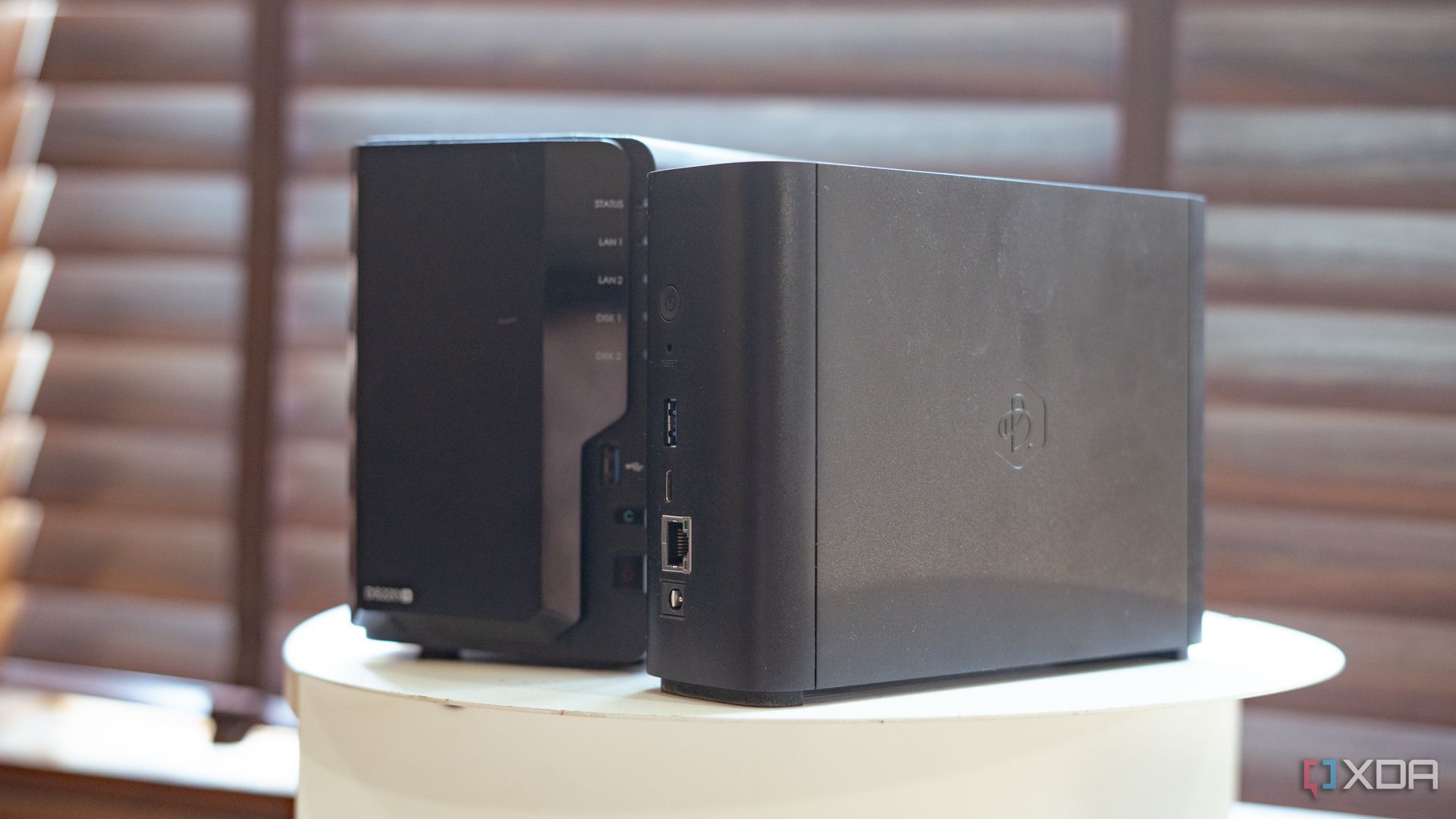
Related
6 small upgrades that make a big difference to your NAS performance
Turns out, little upgrades do add up!
Rockstor is open-source, super fast, and perfect for my needs
When dealing with my storage solutions, I vastly prefer to go with open-source options that are tried and tested by a thriving community of users, testers, and developers. Rockstor fits the bill for me, with a simple setup process, streamlined dashboard, and plenty of extensibility thanks to Rock-ons and Docker containers. Plus, it runs on a wide variety of hardware, so I can make a second NAS very quickly for duplication and backup purposes. Plus, I can add GPUs, faster networking, and other hardware with ease, something that turnkey NAS devices often don’t allow.
